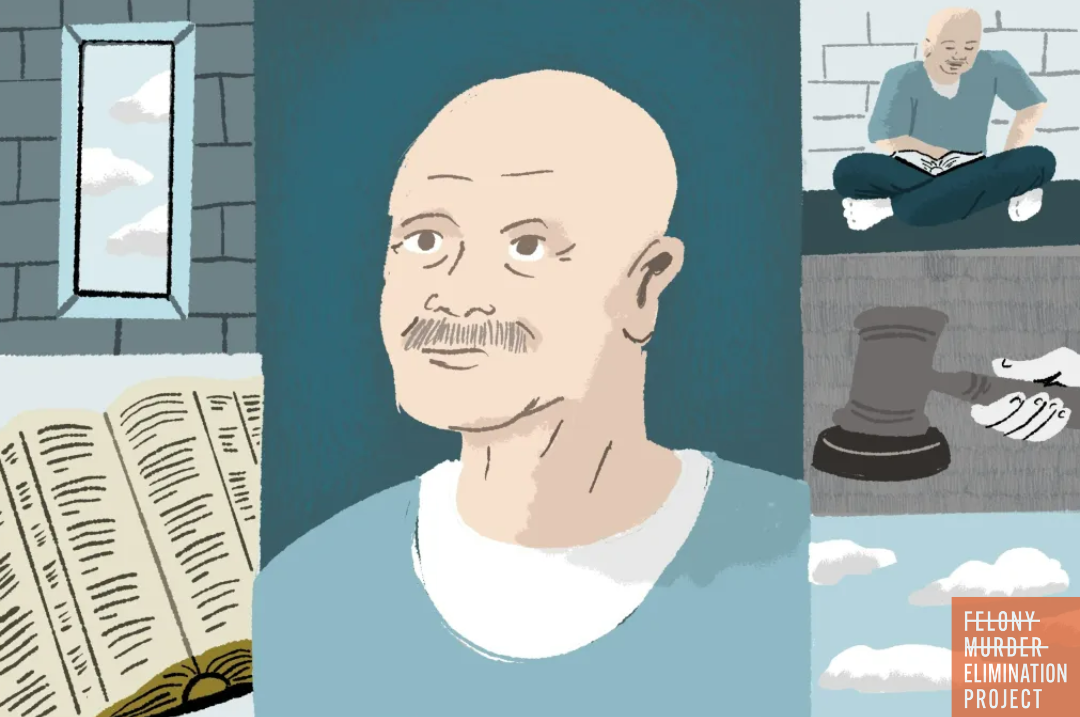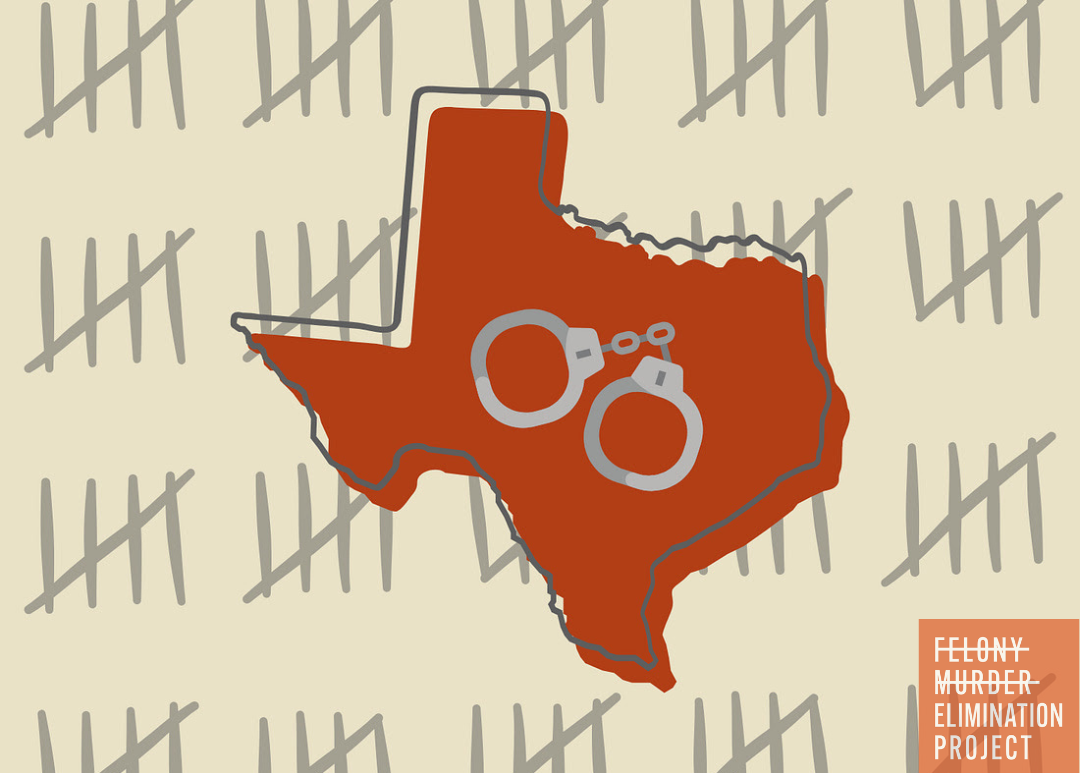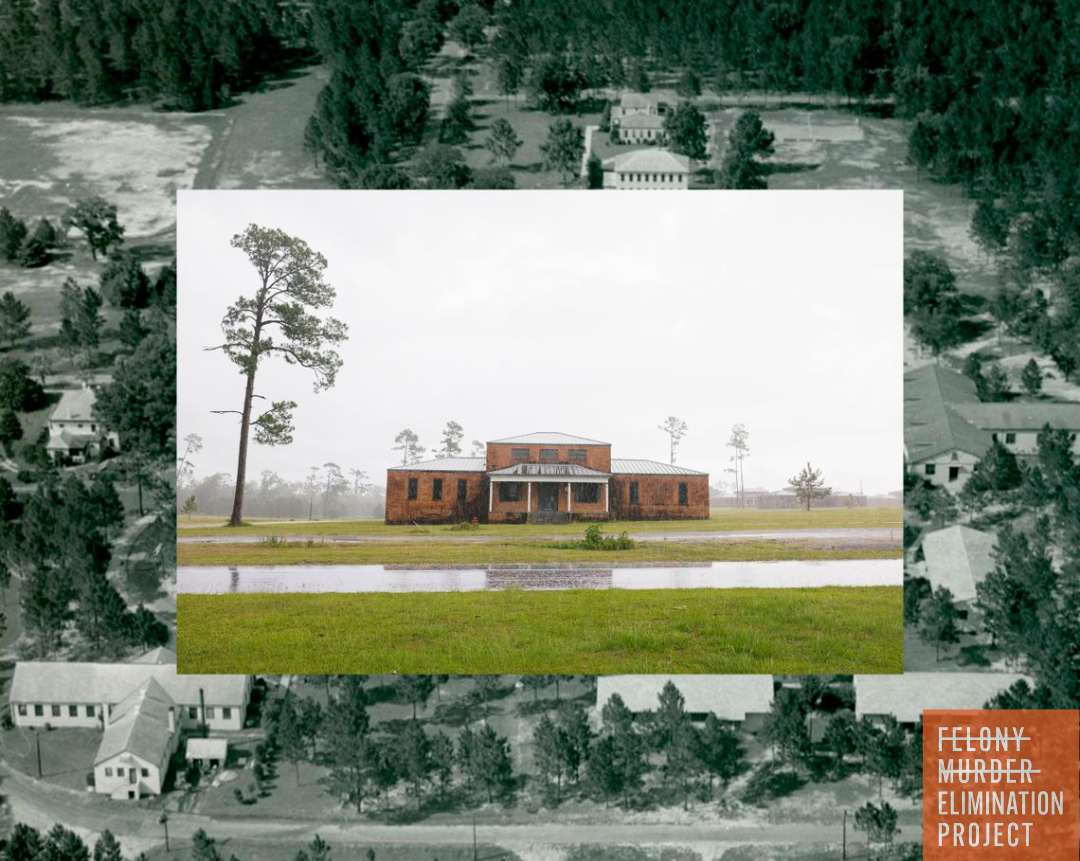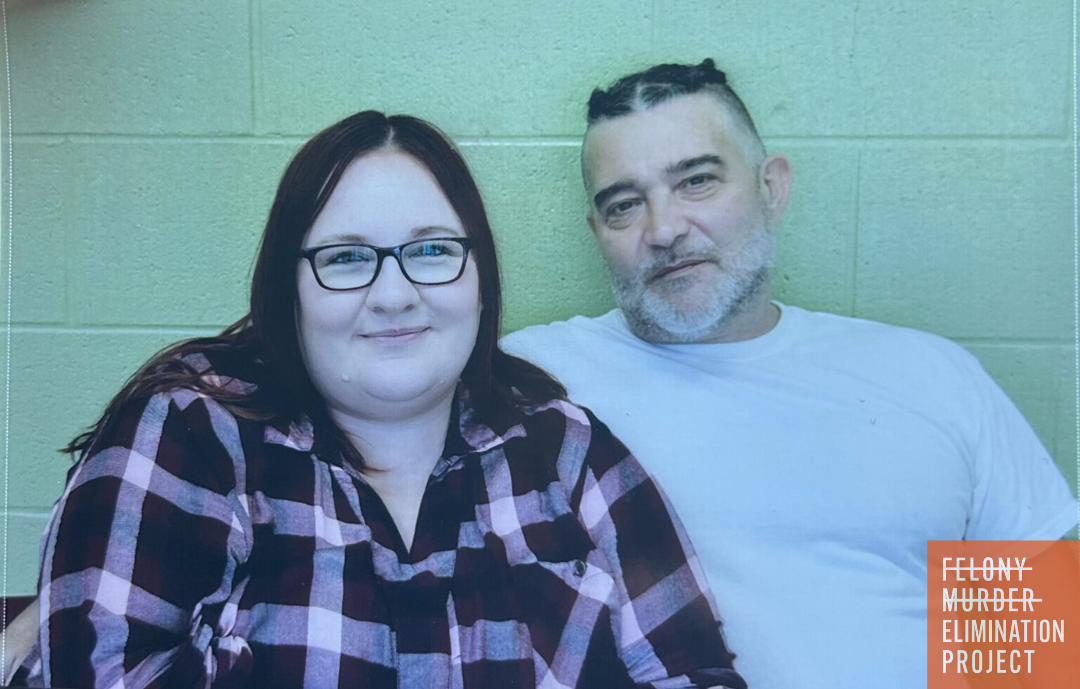California Names the 5th State Prison to Close
State expects to save about $150 million by closing the prison
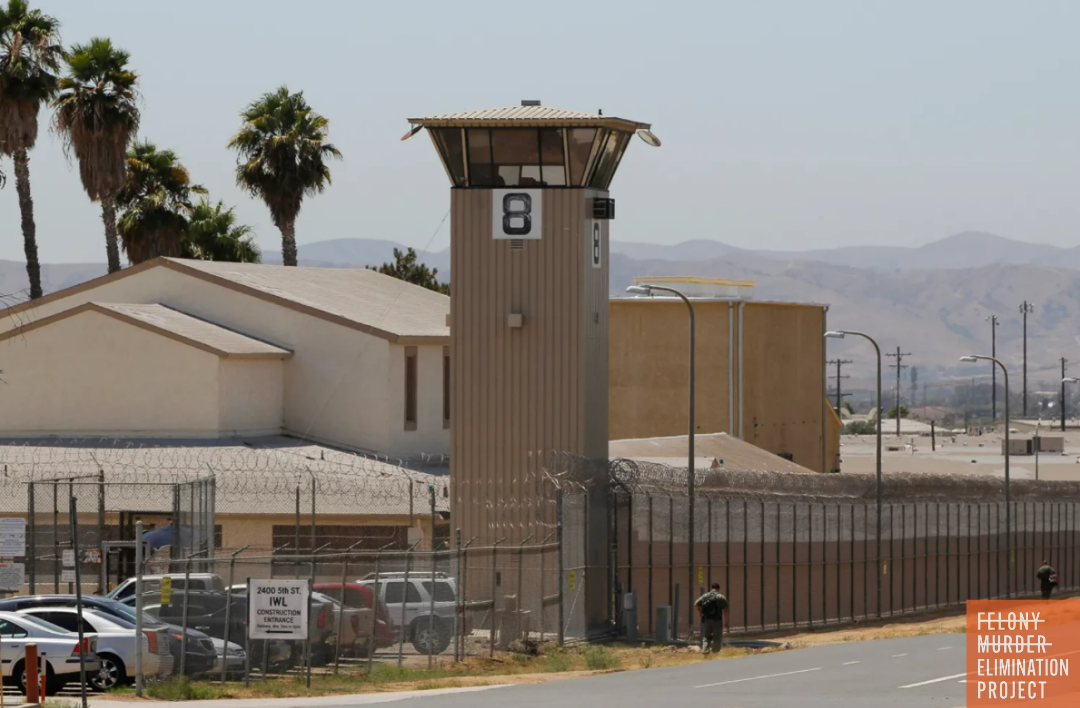
Yesterday, the California Department of Corrections and Rehabilitation announced plans to close the California Rehabilitation Center in Norco, CA, in 2026. California Governor Gavin Newsom signaled his intent to close another prison when he released his budget proposal in May, amid struggling with a $12 billion state budget deficit.
The corrections department “is committed to managing its resources responsibly to enhance public safety and best serve the people of California. California’s 2025-26 budget called for a prison closure, one of many challenging actions required to address the state’s fiscal position,” Newsom’s corrections department said in a written statement about closing the Norco prison, adding that the prison is no longer needed because of the state’s falling incarcerated population.
It’ll be the fifth to close during Newsom’s administration. The state expects to save about $150 million by closing the prison.
Other prison cities fought the closures by suing the state or lobbying to hold on to the jobs.
However, the city of Norco, in Riverside County, for years has been lobbying to close the California Rehabilitation Center, arguing the city can find a better use for the site. It was an art deco hotel before it was a state prison, and the city posted a statement on social media saying officials look forward to the “adaptive reuse” of the former hotel.
“The Norco City Council remains hopeful that one day, this historic gem will be restored to its former glory as a resort and will become a regional economic driver,” the city statement read.
The closure of a fifth California state prison is a victory for advocates of rehabilitation and restorative Justice. Instead of solely focusing on punishment, closing prisons facilitates a shift towards rehabilitation and restorative justice models that address the root causes of crime and help offenders more successfully reintegrate into society. Restorative justice programs and other alternatives to incarceration, are shown to reduce recidivism rates more effectively than traditional punitive responses.
By diverting individuals away from the justice system and investing in community-based initiatives, resources can be directed towards programs addressing mental health, substance abuse, and family trauma, ultimately fostering a stronger, more supportive social fabric. Years of incarceration trends also highlight the disproportionate impact of mass incarceration on marginalized communities, particularly communities of color. Closing prisons and adopting alternative strategies could help address these systemic biases and promote fairness within the criminal justice system.
This is a well-earned victory for supporters of a more fair and just system, even as the work continues. Celebrate this today, and prepare to go back to work tomorrow!




